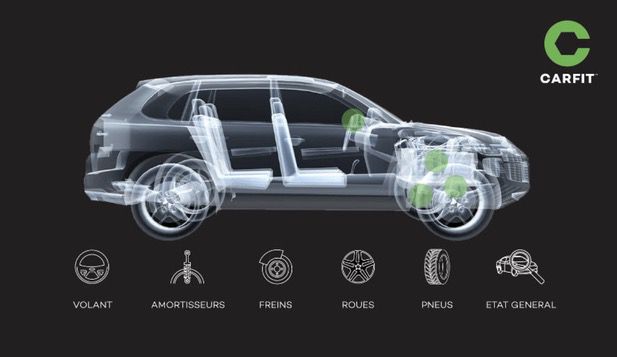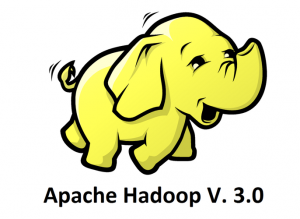The start-up Carfit, based in the United States and France, wants to apply the principles of “quantified self” to the automobile. They created a small connected object that analyzes vehicle vibrations to anticipate breakdowns.
If wearable tech and quantified self – the recording of physical activity for self-improvement – are already losing ground, they could well inspire the automotive world. Since we can “take the pulse” – literally – of an individual through connected objects, couldn’t we do it for machines? It is the way the Franco-American start-up Carfit, who created a connected vehicle monitoring object, see things evolving.
It embeds sensors similar to those found in bracelets and watches connected – accelerometer, gyroscope, for example. “During our first tests, our prototype was a modified connected watch, installed in a car,” says Nicolas Olivier, CEO of the start-up. We wanted to see if the measurements taken by simple sensors could match those of industrial instruments. If the science of noise and vibration harshness data analysis already existed, it was based on expensive machines: Carfit’s project is to democratize this approach to extract vibration data very quickly.
Analyse the “Vibration Signature” of the vehicle
The start-up has designed a small module to stick on the back of the steering wheel, the Puls, which collects the car’s vibration information at high frequency. “Each vehicle has a unique vibration signature when it leaves the factory,” explains Nicolas Olivier. This signature evolves according to its use and maintenance. Carfit wants to build a database of the noise footprint of each vehicle and develop tools for cleaning (by removing parasitic noise) and analyzing the vibration data (partly locally, directly in the object, and not in the cloud).
Objective: to enable drivers to give driving advice and anticipate breakdowns and maintenance operations by analyzing sounds and vibrations alone and using the learning machine. “What we do is not very different from what an expert can feel at the wheel thanks to the sounds and vibrations. However, for a non-expert driver, to know if such vibration is “normal” or not, if it comes from brakes, shock absorbers, tires, it is a beneficial lifting of doubts,” considers Nicolas Olivier.
There are already a few onboard car scanners available on the market in 2018, but this company plans to bring a device much better than the Autel maxiscan ms309 review found here.
Maintain customer contact throughout the life cycle of the vehicle
The applications of this technology are varied: predictive maintenance thanks to a maintenance booklet based on the real use of the vehicle, tailor-made insurance offers, vehicle fleet management. Potential businesses that interest both car manufacturers and after-sales players. “Few people in the industry are interested in vehicles on the road today,” says the entrepreneur. The ‘build, ship, forget’ model was the norm, Tesla proved that functions could be added to the existing hardware and track the life cycle of the vehicle”.
The start-up, which has 14 employees in Lille, Paris (at Hub Bpifrance), Portland and Seattle, has signed initial partnerships to explore some of these cases of use. Vinci Autoroutes has created a kit including an electronic toll badge and a “Puls” Carfit to prevent breakdowns on its network. Norauto sells the object in its, and the investment fund Car Studio of its owner Mobivia has taken a stake in Carfit. The company is also in discussions with automakers: Jaguar Land Rover, which participated in its 2016 fundraiser, allowed it to refine its technology at its Portland development center.
The connected device is only one step away
To feed its learning machine algorithms, Carfit needs data from moving vehicles, which is why it has launched its connected object. However, the hardware is only a transitional stage. “It’s just a way to get data from cars on the road. Manufacturers and equipment manufacturers do not need us for hardware. The vehicles already have the type of sensors contained in our object”. Natively connected vehicles will be another source of information. Carfit wants to be a pioneer of this not very sexy data, today under-exploited.



